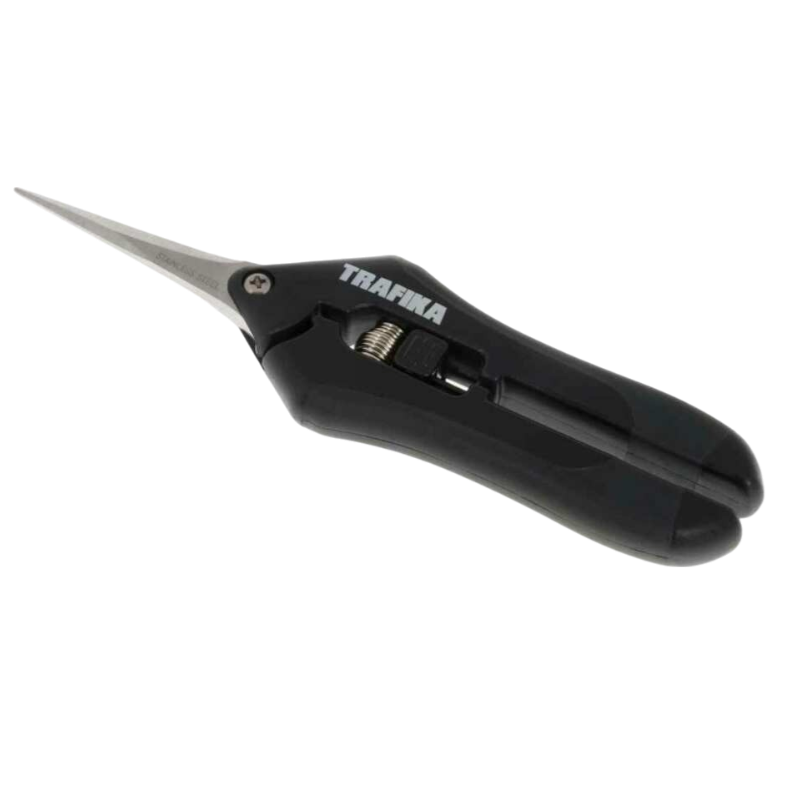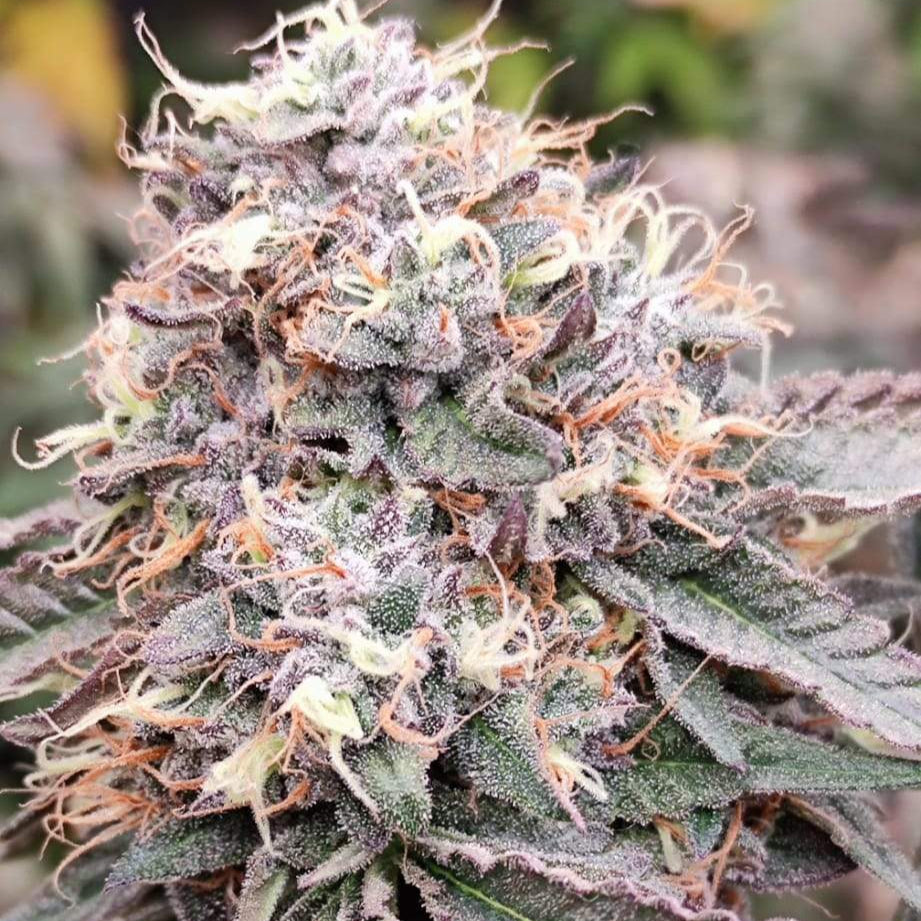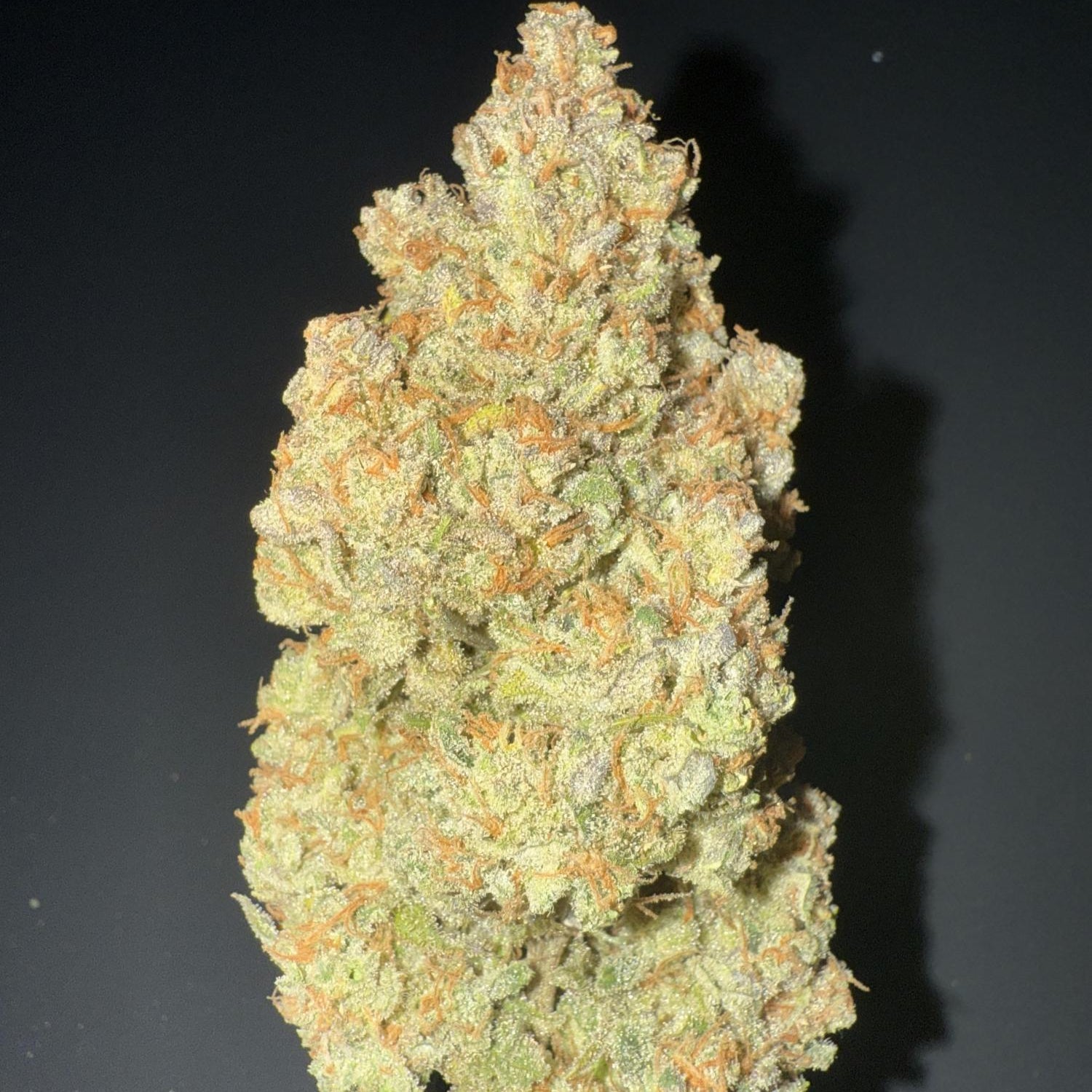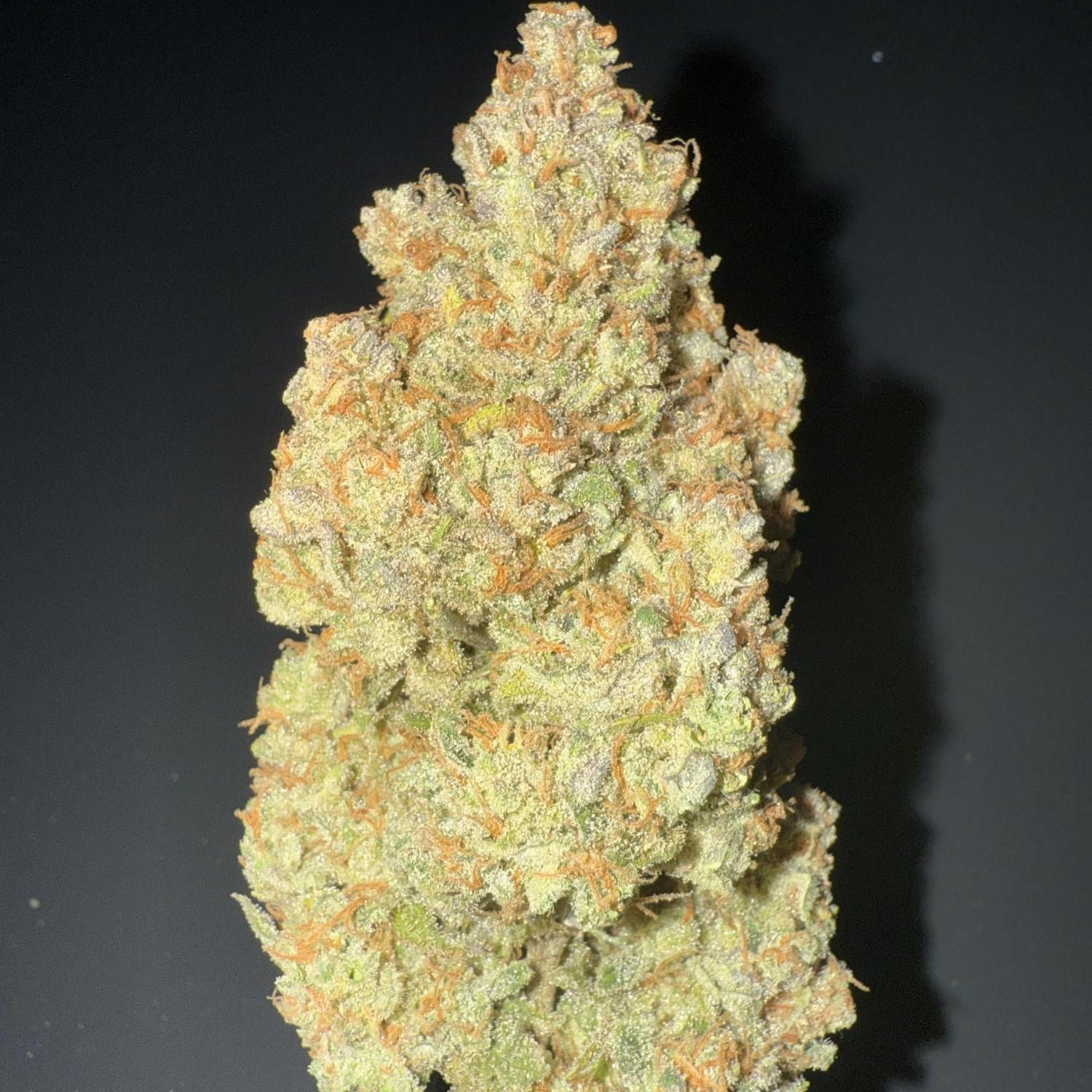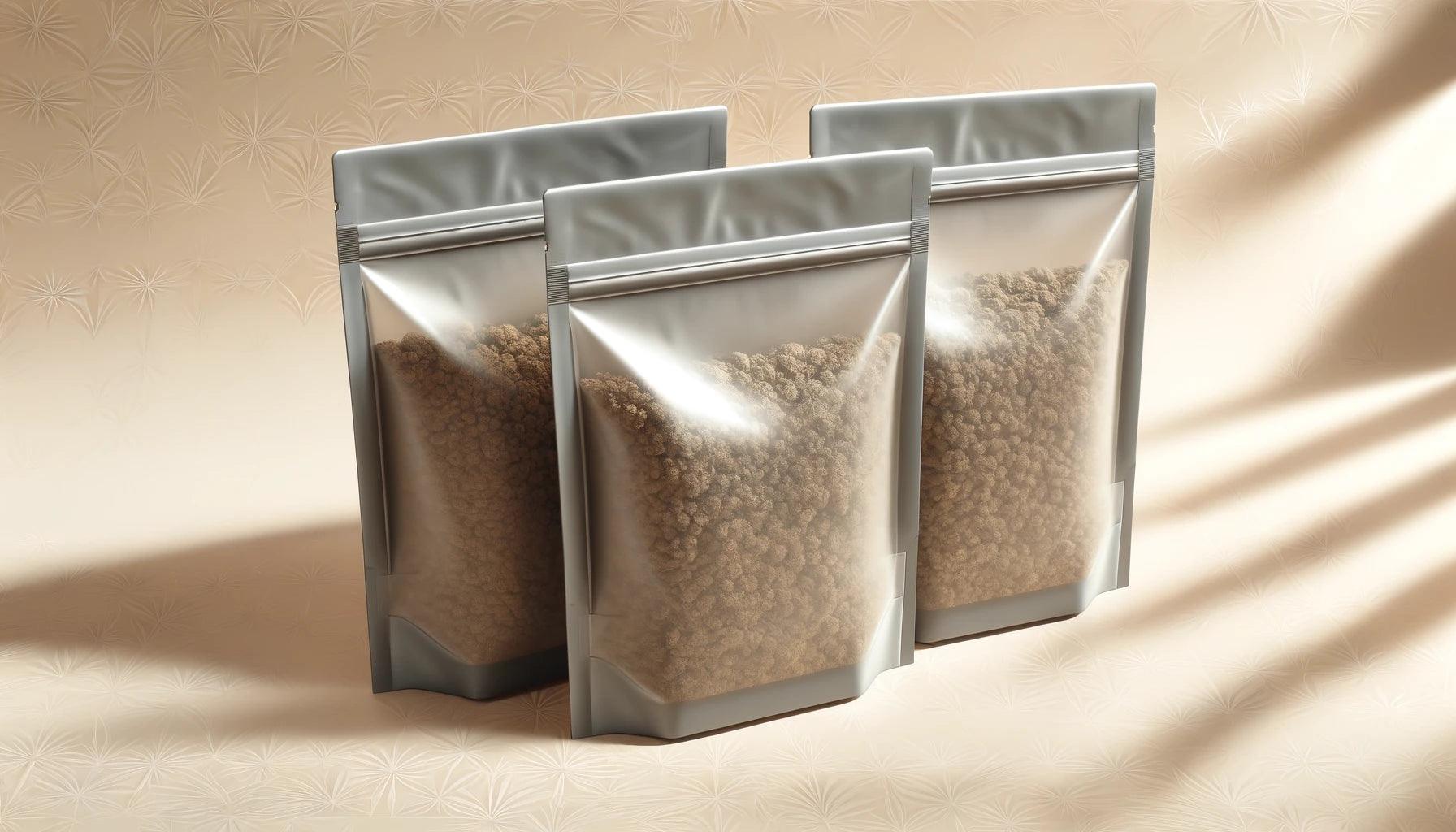
Expanded Clay Cannabis
1. Introduction to clay granules (expanded clay)
Clay granules, also known as expanded clay, are a popular growing medium in cannabis cultivation. They are made from natural clay that is fired at high temperatures, giving them their characteristic porous structure. This structure offers numerous benefits that make them an excellent choice for growing cannabis plants.
What is clay granulate?
Clay granules are made up of small, lightweight beads that have a porous surface. This surface allows for excellent aeration and drainage, which promotes root growth and supports plant health. The beads are chemically inert, meaning they do not release any nutrients or chemicals to the plants, but instead serve only as a physical substrate.
Advantages of clay granules
- Excellent ventilation:The porous structure of the clay granules provides excellent aeration of the roots, which improves root growth and nutrient absorption.
- Efficient drainage:Clay granules allow excess water to drain away easily, minimizing the risk of waterlogging and root rot.
- Longevity:Clay granules can be used multiple times, making them a sustainable and cost-effective choice for cultivation. After harvesting, they can be cleaned and reused.
- Inert and stable:Because clay granules are chemically inert, they do not affect the pH or nutrient availability in the growing system and remain stable without breaking down.
Disadvantages of clay granules
- No nutrients:Since clay granules do not contain any nutrients, all required nutrients must be supplied via the irrigation solution. This requires careful monitoring and adjustment of the nutrient solution.
- Water retention capacity:Clay granules hold less water than other substrates such as coco substrate or soil. This means that the plants need to be watered more frequently to ensure constant moisture.
- Increased weight:Although clay granules are lighter than soil, they can still be quite heavy in large quantities, which must be taken into account when handling and transporting them.
Use of clay granules in cannabis cultivation
Clay granules can be used in various growing systems, including hydroponics, aquaponics and traditional pot culture. In hydroponic systems, it is often used as a medium for the roots to hang in a nutrient-rich solution. In traditional pot culture, it can be used either alone or in combination with other substrates to improve drainage and aeration.
Legal aspects in Germany
The cultivation of cannabis in Germany is subject to the Cannabis Act (CanG). It is permitted to legally grow up to a maximum of three plants. Make sure that your cultivation complies with the legal regulations.
Further information on the legal situation can be found in the chapterLegal situation.
Clay granules provide an excellent foundation for growing cannabis plants and can help you grow healthy, strong plants. Use the other chapters of our grow guide to get detailed instructions and tips on using clay granules and other cultivation techniques and to deepen your knowledge.
Trends of the week

2. Choosing the right clay granules
Choosing the right clay granules (expanded clay) is crucial for the successful cultivation of cannabis plants. The quality of the clay granules can affect the water and nutrient absorption, root development and ultimately the yield of your plants. Here you can find out what to look for when making your selection.
Different grain sizes and their use
Clay granules are available in various grain sizes, which differ in their size and intended use:
- Fine grain (2-4 mm):This smaller grain size provides a larger surface area for water and nutrient absorption. It is ideal for propagation and systems that require higher humidity.
- Medium grain (4-8 mm):This grain size is versatile and offers a good balance between water holding capacity and drainage. It is well suited for general cultivation in a variety of cropping systems.
- Large grain (8-16 mm):This larger grain size provides excellent drainage and aeration, but is less effective at water holding capacity. It is well suited for hydroponic systems and situations where fast drainage is required.
Quality characteristics of high-quality clay granules
When selecting clay granules, you should pay attention to the following quality features:
- Purity:Make sure that the clay granules are free from contaminants such as dust, dirt or chemical residues. High-quality clay granules should be clean and uniform in size.
- PH value:The clay granules should have a neutral pH of around 6-7 to ensure optimal nutrient absorption. Check the pH of the substrate before use.
- Stability:High-quality clay granules should be dimensionally stable and not crumble or dissolve when wet. This ensures long-term use and repeated use.
- Ventilation and drainage:The clay granules should have a porous structure that allows good aeration of the roots and effective drainage. This is especially important to avoid root rot.
Recommended brands and products
There are many brands that offer high quality clay granules. Here are some recommended products:
- CANNA Aqua Clay Pebbles:These high quality clay balls are specifically designed for hydroponics and provide excellent drainage and aeration.
- Hydroton:A widely used and popular clay granulate that is available in various grain sizes and is characterized by its high quality.
- Gold Label Hydro Correls:These clay balls are pH neutral and provide a stable structure that is ideal for growing cannabis plants.
3. Preparation of the clay granules
Proper preparation of clay granules (expanded clay) is crucial to creating optimal growing conditions for your cannabis plants. Here you will learn how to thoroughly clean the substrate before use, adjust the pH value and prepare it for planting.
Cleaning and rinsing the clay granules
Although clay granules are often sold as pre-washed, additional cleaning is advisable to remove dust and contaminants:
- Step 1: Pre-cleaning:Place the clay granules in a large sieve or bucket with holes and rinse thoroughly with clean water. This will remove most of the dust and loose particles.
- Step 2: Soaking:Fill a bucket with water and allow the clay granules to soak for at least 24 hours. This will help loosen stubborn dirt and ensure the granules are fully saturated.
- Step 3: Final rinse:Rinse the clay granules thoroughly again with fresh water until the runoff water runs clear. This will ensure that all contaminants have been removed.
pH adjustment
The pH of the clay granules can affect the nutrient uptake of your plants, so it is important to adjust the pH before use:
- Step 1: pH test:Use a pH meter or pH test strips to check the current pH of the clay granule rinse water.
- Step 2: pH adjustment:If the pH is not in the optimal range of 5.5 to 6.5, adjust it using pH Up or pH Down solutions. Add the solution gradually and test the pH regularly to avoid over-correction.
- Step 3: Soak in pH-adjusted water:Soak the clay granules again in pH-adjusted water to ensure that the pH of the substrate remains stable.
Planting preparation
After the clay granules have been cleaned and the pH value adjusted, they are ready for planting:
- Step 1: Prepare the container:Fill the plant containers or pots about one-third full with clay granules to create a good drainage layer.
- Step 2: Prepare planting holes:Add the clay granules until the containers are almost completely full and prepare planting holes for the seedlings or seeds.
- Step 3: Planting plants:Carefully place the seedlings or seeds in the prepared holes and lightly cover the roots or seeds with clay granules. Press the substrate down lightly to stabilize the plants.
4. Plant plants in clay granules
Planting cannabis plants in clay granules (expanded clay) requires special techniques to protect the roots and promote healthy growth. In this section, you will learn how to successfully plant seedlings and seedlings in clay granules and how to go about repotting.
Planting seedlings and seedlings
The process of planting seedlings and seedlings in clay granules is crucial to establish the plants stress-free and promote their root growth:
- Step 1: Preparing the containers:Fill the plant containers or pots about one-third full with clay granules to create a good drainage layer.
- Step 2: Prepare the sprouts:Make sure the seedlings are healthy and have well-developed roots. Keep the roots moist, but not wet.
- Step 3: Create planting holes:Add more clay granules until the containers are almost completely full. Create small planting holes in the substrate that are deep enough to accommodate the roots of the seedlings.
- Step 4: Planting the seedlings:Carefully place the seedlings in the prepared holes and lightly cover the roots with clay granules. Gently press the substrate down to stabilize the plants.
- Step 5: First watering:Water the freshly planted seedlings with pH-neutral water or a weak nutrient solution to wet the roots and saturate the substrate.
Repotting in clay granules
Repotting cannabis plants in clay granules may be necessary when the plants grow larger and need more space for their roots:
- Step 1: Preparing the new containers:Choose larger pots or containers and fill them about a third full with clay granules for a good drainage layer.
- Step 2: Remove plant from the old container:Carefully remove the plant from its current container, being careful not to damage the roots. Gently shake off any excess substrate.
- Step 3: Create a new planting hole:Fill the new container with clay granules until it is almost full, creating a hole large enough to accommodate the plant's root ball.
- Step 4: Planting the plant:Carefully place the plant in the hole and cover the roots with clay granules. Press the substrate down lightly to stabilize the plant.
- Step 5: Watering after repotting:Water the plant thoroughly to saturate the clay granules and moisten the roots. Use pH-neutral water or an adapted nutrient solution.
5. Irrigation and drainage
Irrigation and drainage play a crucial role when growing cannabis plants in clay granules (expanded clay). The porous structure of the clay granules offers excellent drainage properties, but also requires a special irrigation technique to ensure optimal growing conditions.
Irrigation techniques for clay granules
The right irrigation technique is essential to ensure that plants receive sufficient water and nutrients without waterlogging:
- Regular watering:Clay granules hold less water than other substrates such as soil or coco substrate, so you will need to water them more often. Make sure that the substrate remains evenly moist.
- Automated irrigation systems:Using automated irrigation systems such as drip irrigation or irrigation rings can help optimize irrigation and ensure that plants receive a consistent supply of water.
- Overhead or sub-irrigation:Both methods are possible. Overhead watering involves watering directly onto the surface of the substrate, while submerged watering involves putting water into the drip tray under the pot so that the roots can absorb it.
- Nutrient solution:Use a pH-adjusted nutrient solution for irrigation. Check the pH and EC (electrical conductivity) regularly to ensure that the plants are receiving the correct amounts of nutrients.
Ensure optimal drainage
Good drainage is crucial to avoid root rot and other moisture problems:
- Drainage holes:Make sure the planting containers have adequate drainage holes to allow excess water to drain quickly. This prevents waterlogging and promotes root aeration.
- Drainage layer:Place a layer of clay granules on the bottom of the planting containers before adding the rest of the substrate. This layer improves drainage and allows water to drain away more quickly.
- Periodic review:Regularly check the moisture content of the substrate and the drainage capacity of the containers. If there are signs of waterlogging, take measures to improve drainage, e.g. by adding more drainage holes or adjusting the watering frequency.
- Drip tray:Use a drip tray under the planting containers to catch excess water. Be sure to empty the tray regularly to avoid standing water.
Blog posts

Terpene verstehen: Wie Aromen und Geschmacksstoffe das THC-Dampferlebnis beeinflussen
Hast du schon einmal an einem frischen Zweig Rosmarin gerochen? Der würzige Duft hat doch sicher auch bei dir sofort bestimmte Assoziationen ausgelöst, vielleicht an ein mediterranes Gericht oder e...

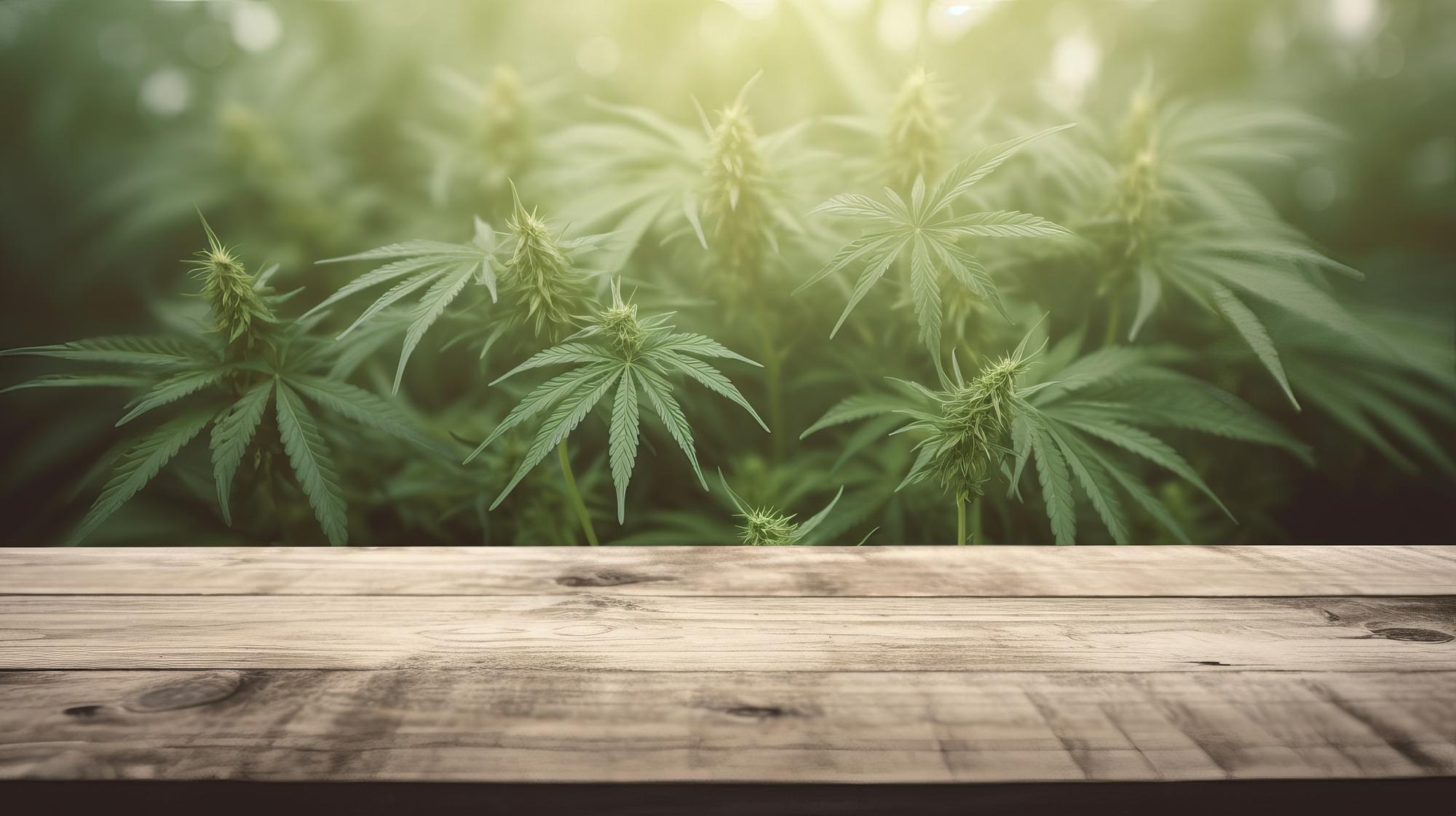
Discover how to purchase cannabis safely and responsibly in a regulated market. Learn more about the variety of products, quality standards and the legal purchase of cannabis.
Best quality
The products offered are subject to the highest quality standards and regular controls. Through direct contact with our dealers, we can offer you the best prices for your CBD products.
Certified dealers
We only work with professional and verified dealers. The products are subject to the highest quality requirements and are produced according to EU standards.
100% legal
Tell your customers about your payment methods.
Our partners










